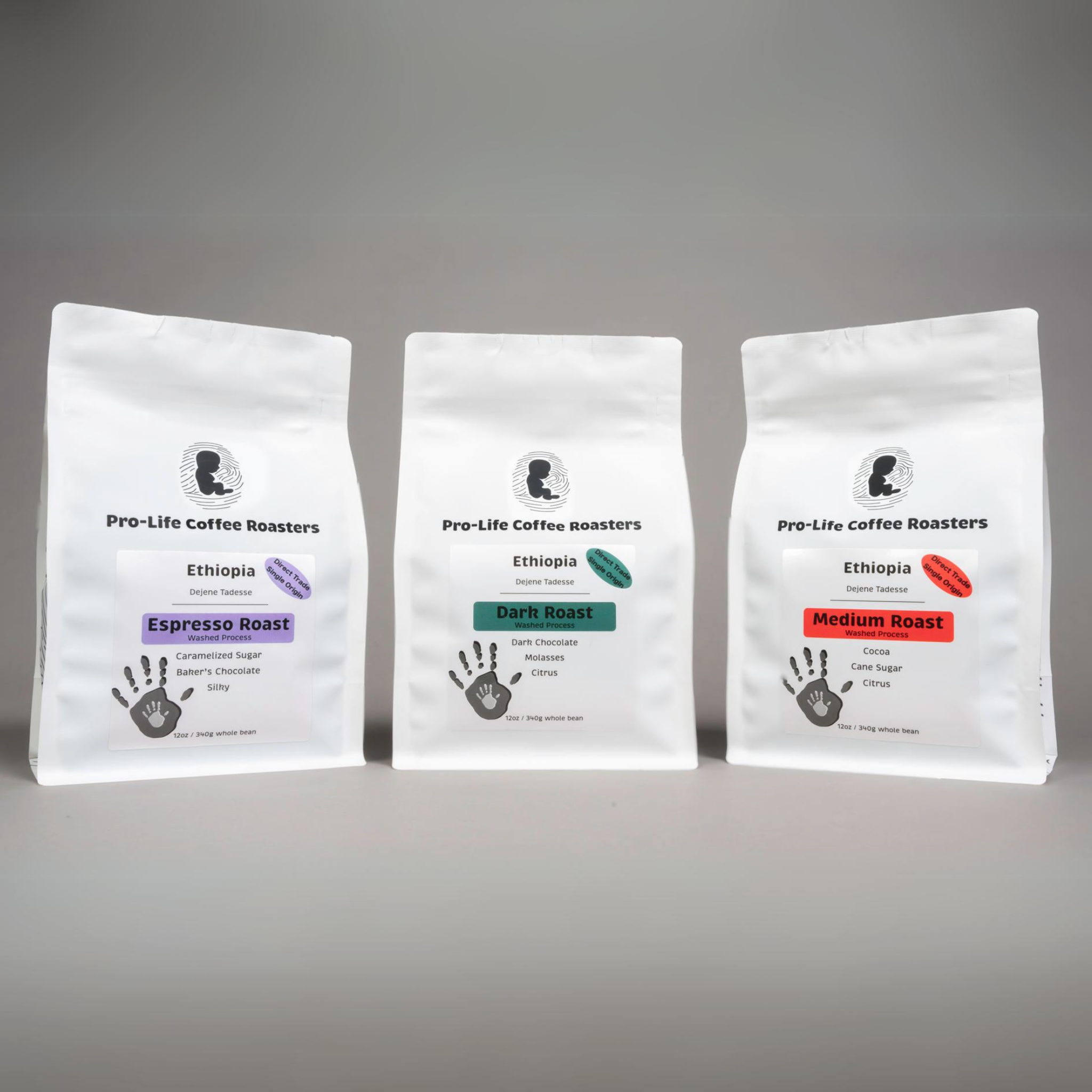What Makes SOE Single Origin Espresso Unique from Mixed Roasts
What Makes SOE Single Origin Espresso Unique from Mixed Roasts
Blog Article
Coffee Beans 101: Every Little Thing You Need to Find Out About Coffee and Blended Coffee Beans
When it comes to coffee, comprehending the subtleties of coffee and blended beans can change your daily cup. From the expanding process to roasting strategies, every action plays a role in your coffee experience.
Comprehending Coffee Beans: Types and Varieties
When diving right into the globe of coffee, recognizing the kinds and ranges of coffee beans is necessary for every fanatic. Arabica beans are recognized for their smooth, complex tastes and reduced high levels of caffeine material, making them a preferred amongst coffee connoisseurs.
Within these types, you'll discover different local selections, each bringing distinct attributes. For circumstances, Ethiopian Yirgacheffe offers bright floral notes, while Colombian beans supply a healthy taste account. As you explore, keep in mind to take notice of processing approaches like cleaned or natural, as they can considerably influence the final preference. By acquainting yourself with these beans and their flavors, you'll raise your coffee experience and make more informed selections in your developing journey.
The Growing Refine: From Seed to Bean
When you check out the trip of coffee, all of it starts with seed choice strategies that establish the structure for top quality. From there, farming and harvesting play crucial duties in ensuring the beans flourish. Handling approaches change those gathered cherries into the coffee beans you like.
Seed Choice Strategies
Selecting the appropriate seeds is crucial for generating top notch coffee beans, as it lays the structure for the entire growing process. Pay attention to the seed's age and storage problems, as fresh seeds tend to germinate far better. Take into consideration the disease resistance of different varieties, as this can significantly affect your return.
Growing and Harvesting
As you support your coffee seeds right into flourishing plants, understanding the farming and harvesting process is vital for achieving the ideal taste and high quality. Begin by planting your seeds in well-draining soil, preferably in a shaded location to safeguard them from straight sunlight.
When it comes time to harvest, seek ripe cherries, which normally turn a dynamic red. Hand-picking is frequently the best method to guarantee only the ripest cherries are picked. Timing is vital; harvesting also late or as well very early can impact the taste profile of your beans. Accept persistence and care, as this is where top quality starts.

Processing Techniques Explained
When you've gathered your coffee cherries, the following important action is processing them to change those vibrant fruits into the beans you'll make. There are 2 main approaches: the dry procedure and the damp process. In the dry process, you spread out the cherries out in the sunlight to dry, allowing the fruit to ferment and give unique flavors to the beans. On the various other hand, the damp process entails removing the fruit instantly and fermenting the beans in water, resulting in a cleaner taste. After handling, the beans are hulled, sorted, and usually dried out once again. Each method affects the flavor account, so trying out both can help you uncover your favorite mixture. Comprehending these approaches is crucial to appreciating your coffee experience.
Roasting Methods: Just How Flavor Is Developed
When it pertains to toasting coffee beans, comprehending roast degrees is crucial to revealing their unique flavors. Each toasting technique effects the fragrance and enhances the taste development procedure, offering you a richer coffee experience. Let's explore just how these variables come together to elevate your daily brew.
Roast Levels Discussed
Roast levels play a crucial duty in forming the taste account of your coffee. You'll appreciate intense acidity and fruity notes when you choose a light roast. As you relocate to a tool roast, you'll see a balance of sweetness and intricacy, often highlighting chocolate or caramel tastes. Dark roasts, on the various other hand, provide strong, great smoky features with much less level of acidity, making them robust and rich. Each level arises from different roasting times and temperature levels, impacting the beans' chemical make-up. By recognizing these levels, you can better select a coffee that matches your taste choices. Explore various roasts to discover which one reverberates with you, enhancing your overall coffee experience and pleasure.
Influence on Aroma
The roast level not only influences the preference of your coffee but additionally greatly influences its scent. When you pick a light roast, you'll commonly discover intense, floral notes that can make your coffee odor fresh and dynamic. As the beans darken, the fragrance shifts; a medium roast draws out a lot more balanced, caramelized scents, while a dark roast tends to feature vibrant, great smoky undertones. Each roasting method launches different volatile substances, shaping exactly how your coffee smells. Furthermore, the freshness of the beans plays a crucial duty; freshly baked coffee releases much more fragrant oils, boosting that tempting scent. Pay attention to the roast degree-- it's crucial to exposing the complete aromatic experience of your mixture.
Taste Development Refine
As you explore the taste development process, you'll find that roasting methods play an essential role in shaping the preference profile of your coffee. The toasting temperature level and time straight affect the acidity, sweet taste, and resentment of the beans. Light roasts preserve more of the bean's initial flavors, highlighting floral and article fruity notes.
Coffee vs. Blended Coffee: Trick Distinctions
Espresso and blended coffee each deal one-of-a-kind experiences that deal with various tastes and preferences. Espresso is a focused coffee brewed by compeling hot water through finely-ground coffee beans, leading to an abundant, bold taste and a velvety layer of crema on top. It's typically taken pleasure in as a shot or utilized as a base for beverages like coffees and lattes.
On the various other hand, blended coffee incorporates various beans from various areas, producing an extra well balanced flavor account. You'll usually discover blends that highlight acidity, body, or sweetness, making them flexible for different developing techniques. While espresso focuses on strength, combined coffee might supply a more comprehensive variety of flavors that can alter with each sip.
Eventually, your choice in between espresso and blended coffee boils down to your individual preference. Whether you hunger for a leisurely cup or a fast shock, both options have something tasty to provide.

Brewing Methods: Opening the Perfect Mug
When it pertains to brewing coffee, discovering the right technique can change your experience and boost your mug. Each developing strategy has its unique appeal and can significantly affect your coffee's taste and scent. Utilizing a French press permits you to appreciate a abundant and robust brew, while a pour-over technique gives a tidy, intense cup with distinct tastes.
If you like coffee, purchasing a top quality maker can help you master the art of pulling shots. Conversely, for convenience, a single-serve sheath system offers speed without sacrificing taste.
Do not forget about chilly brew, which provides a smooth, less acidic coffee perfect for warm days. Experiment with different techniques to discover what reverberates with your taste.
Tasting Notes: Determining Flavor Profiles
How can you genuinely value your coffee if you do not recognize what flavors to look for? Sampling notes are your guide to comprehending the complicated globe of coffee. Pay interest to the first tastes that hit your palate when you sip. You could spot fruity notes, like berry or citrus, or possibly a nutty touch. As you continue to taste, discover just how the tastes develop-- this is referred to as the "finish." Some coffees could leave a chocolatey or sugar aftertaste, while others may have a brilliant, clean surface.
Think about the body of the coffee, too; is it light and ventilated or thick and syrupy? Don't forget acidity; a brilliant level of acidity can add liveliness, while a reduced level of acidity may give a smoother experience. By determining these flavor accounts, you'll grow your connection with each mug, making coffee tasting a fascinating trip of discovery.

Tips for Picking and Storage Coffee Beans
Picking and keeping coffee beans effectively can significantly boost your brewing experience. Begin by choosing top notch beans that fit your taste - SOE.
As soon as you have your beans, store them in an impermeable container to stop exposure to air, light, and moisture. A dark, amazing location works best, so prevent keeping them in the refrigerator or fridge freezer, as this can introduce wetness. Only grind the quantity you require to preserve freshness; whole beans retain flavor longer than pre-ground coffee.
Lastly, try to use your beans within 2 to 4 weeks after opening up for peak preference. Adhering to these tips will ensure your coffee remains satisfying and flavorful, raising your everyday mixture to brand-new heights.
Frequently Asked Inquiries
How Much Time Do Coffee Beans Keep Fresh After Roasting?
Coffee beans stay fresh for about 2 weeks after toasting - SOE. You must keep them in a closed container, away from light and moisture. Afterwards, their flavor and aroma start to lessen substantially

Can I Mix Different Coffee Bean Varieties?
Definitely, you can mix different coffee bean selections! Try out blends can improve tastes and develop a distinct taste account. Simply ensure to stabilize the staminas and qualities of each variety for the very best results.
What Is the Ideal Work Size for Coffee?
For coffee, you'll want a fine grind size, about the appearance of salt. This allows suitable extraction, resulting in an abundant, flavorful shot. Experiment a little bit to discover what matches your preference best!
How Does Altitude Affect Coffee Bean Taste?
Elevation impacts coffee bean taste by affecting the development price and chemical composition. Greater elevations cause slower maturation, which improves level of acidity and intricacy, providing your coffee a look at this website vivid and one-of-a-kind preference you won't fail to remember.
Exist Decaffeinated Variations of Espresso Beans?
Yes, there are decaffeinated versions of coffee beans. You can take pleasure in a rich coffee taste without the caffeine kick. Just look for "decaf" blends at your local coffee bar or specialty shop.
Coffee Beans 101: Whatever You Required to Know About Coffee and Blended Coffee Beans.
When diving right into the world of coffee, understanding the kinds and varieties of coffee more information beans is crucial for every lover.When it comes to toasting coffee beans, comprehending roast degrees is key to exposing their special flavors. Espresso is a focused coffee brewed by requiring hot water via finely-ground coffee beans, resulting in an abundant, strong flavor and a creamy layer of crema on top.On the various other hand, mixed coffee incorporates numerous beans from different areas, developing an extra well balanced taste account.
Report this page